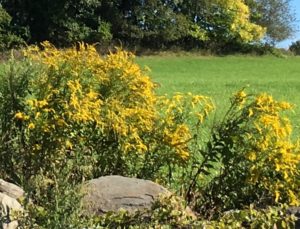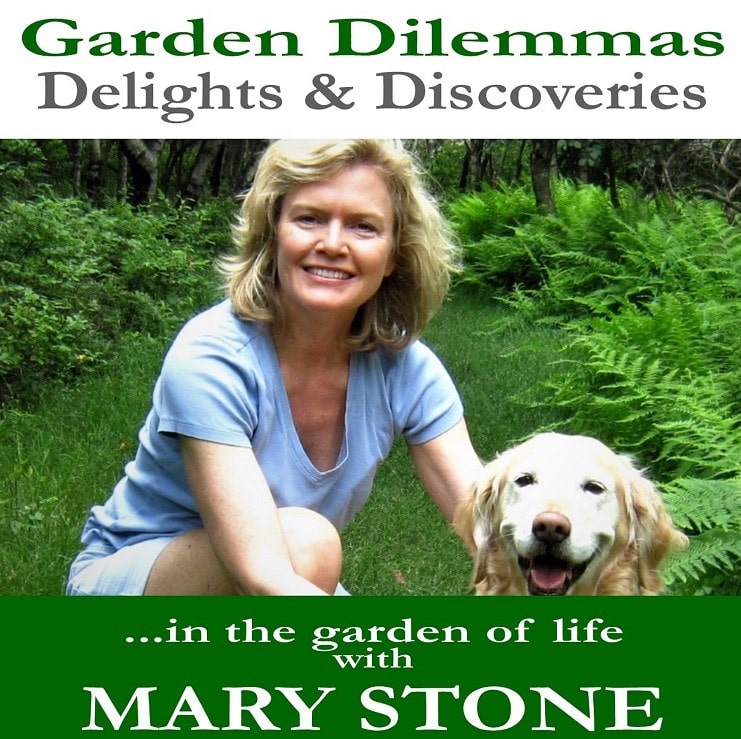Hello fellow readers. We chatted about Late-Season Bloomers (link below). An old friend, naturalist, and bird photographer, Mike Niven of Coatesville, PA, wrote that his Joe-Pye weed, one of the fall beauties, grew unusually tall this year, likely due to plentiful rains. He then asked if Goldenrod was invasive, also one of my fall must-haves.
“Isn’t goldenrod an aggressive grower that can push out other species, and is it invasive in certain situations?”
Mike sent an article by Chris Helzer of The Nature Conservancy in Nebraska that explained: Although Goldenrod is valuable to pollinators, there are places where it has squelched out favorable prairie grasses. Here’s what else I dug up, Mike.
The NJ Beekeepers Association lists Goldenrod as a pollen source favored by bees from late August to early October. However, they link to the University of Georgia’s Center for Invasive Species site (Invasive.org), which lists the Canadian Goldenrod (Solidago canadensis) and Giant Goldenrod (Solidago gigantea Aiton) as invasive. Though both are native to the United States, it never occurred to me that native plants could be considered invasive.
Goldenrod is a pollen source favored by bees.
Goldenrod is on many lists as a “favorable plant” for pollinators and erosion control. The NJ Audubon Society does not have Goldenrod on their invasive plant list, nor does the NJ Invasive Species Strike Team. The same is true of The PA Department of Conservation and Natural Resources (DCNR). DCNR writes- “Invasive Plants are those that are not native to an area, spread quickly, and cause economic or environmental harm, or harm to human health.”
Then there’s the Penn State Extension’s list of recommended native plants for perennial gardens, which includes the Showy goldenrod (Solidago speciose). Rutgers University’s Cooperative Extension has Grey Goldenrod (Solidago nemoralis) as a native plant to include in your garden.
Rather than invasive, think of Goldenrod as opportunistic.
The USDA maintains a list of federally recognized noxious weeds. Per the Federal Plant Protection Act, they are plants “that can injure or cause damage to crops (including nursery stock), livestock, poultry or other agriculture, natural resources of the United States, public health, or the environment.” Goldenrod is not on their list. However, they define Opportunistic Native Plants – as those “able to take advantage of disturbance to the soil or existing vegetation to spread quickly and out-compete other plants on the disturbed site.” I’d agree Goldenrod can be opportunistic.
While it seems true at times there may be too much of a good thing, essential pollinators, including our at-risk honeybees, don’t think so. Garden dilemmas? AskMaryStone@gmail.com and your favorite Podcast App.
Link to previous columns – Late-Season Bloomers & Goldenrod’s Bad Reputation
There’s more to the story in the Garden Dilemmas Podcast:
Column updated 9/10/23



